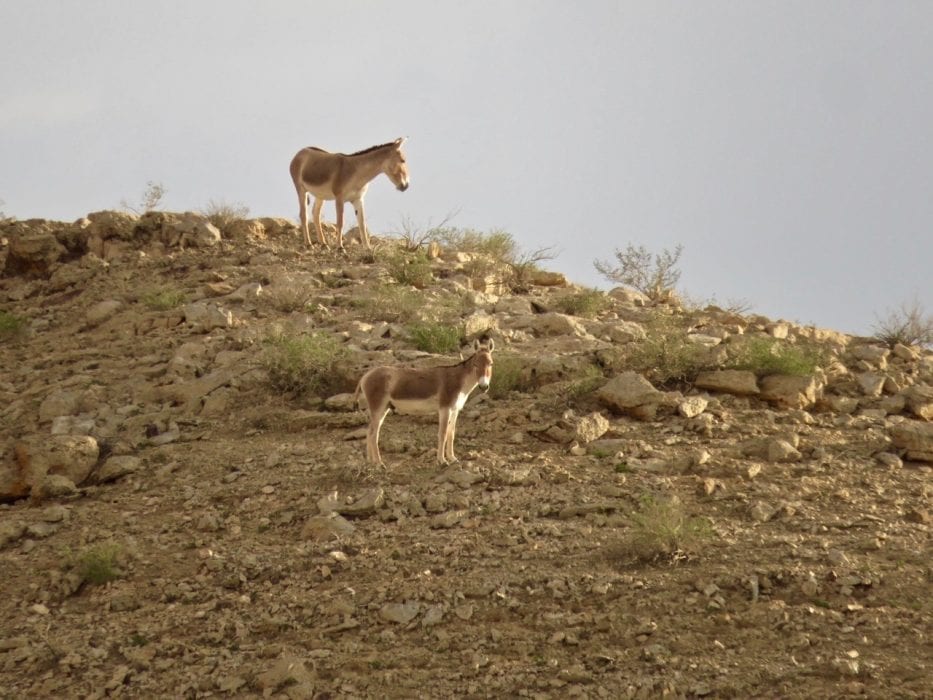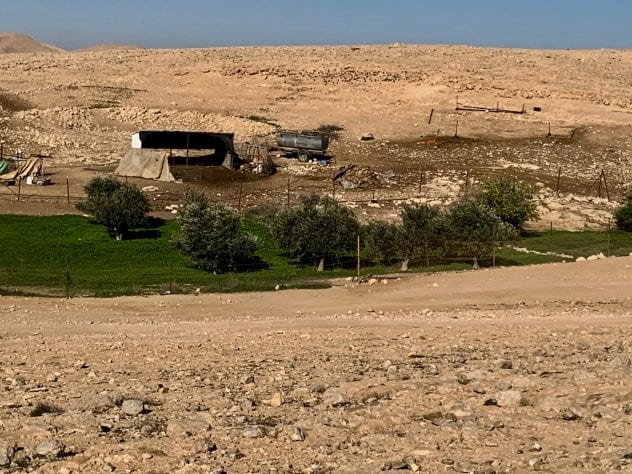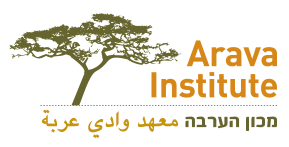
The Last Straw: Conservation, Control, and the Eco-Political Life of Camels in the Negev Highlands
This project explores the nature of “camel-scapes” as articulating a set of current broad social and political relationships, and past colonial/Zionist conservation legacies, shaping Israel’s desert highland today. Raising camels was a pivotal marker and part of the livelihood of the Bedouin in Israel’s Negev Highlands, until about 40 years ago. With several geopolitical changes in the region, in the late 1970s and the transformation of the majority of the Negev region into military training zones and nature reserves, the Bedouins of the Negev region were enforced in changing mobility patterns and adapting to sedentary settlements. With limited territory open for them, the semi-nomadic Bedouins lifestyle was challenged. In turn, camels have become a point of friction between state authorities and Negev residents.
Recently, a set of policies and sanctions towards camels and their owners have been re-applied as emergency measures, escalating territorial and ethnic conflicts and establishing social boundaries and tensions between Bedouins, state agents, and Jewish Negev residence.
Underlying these policies, is a mixture of methodologies, and theories emerging from multiple old and new “institutions of nature”: conservation scientists and authorities, ministry of agriculture, multiple administrative land authorities, veterinarian services, the militarized green patrol, local NGOs, and more. The paper first explores camels as the product of contention over these multiple environmental discourses, and the contradictory ways in which the “wild” nature of camels, their owners, and the desert is constituted, institutionalized, and shaped not only by politics of conservation and nature management, but also social boundaries, entitlements for freedom and land, of Negev human and non-human species.


